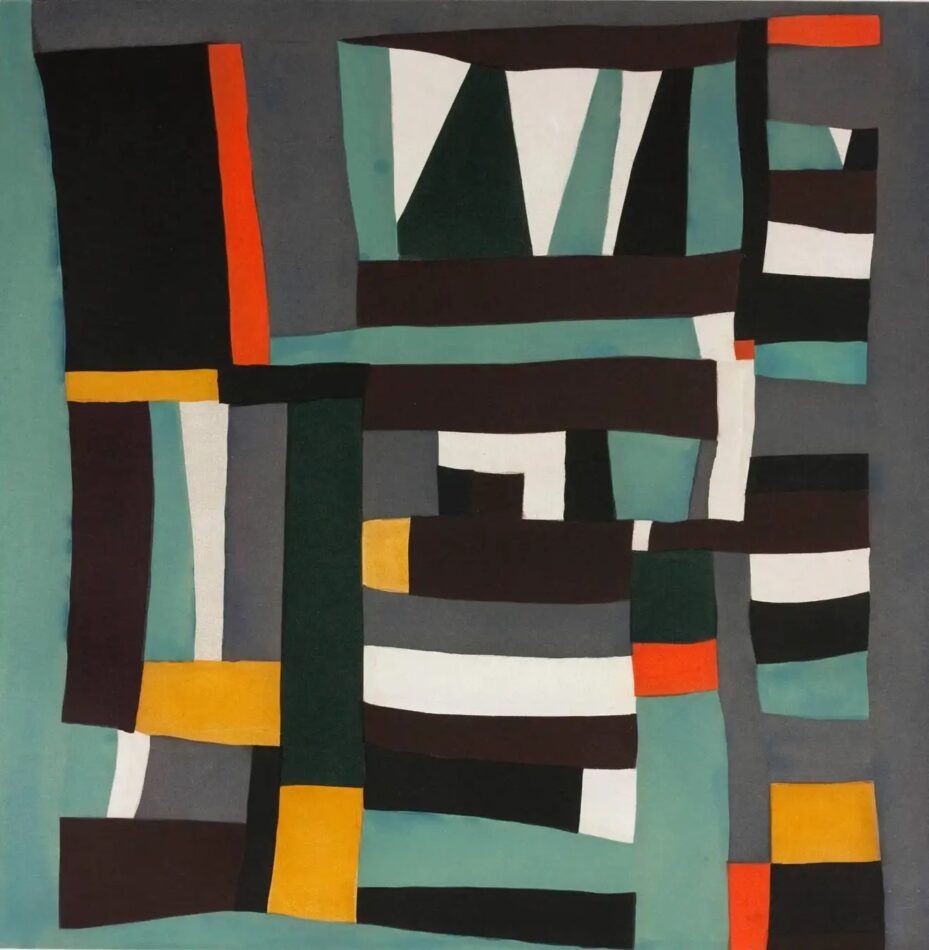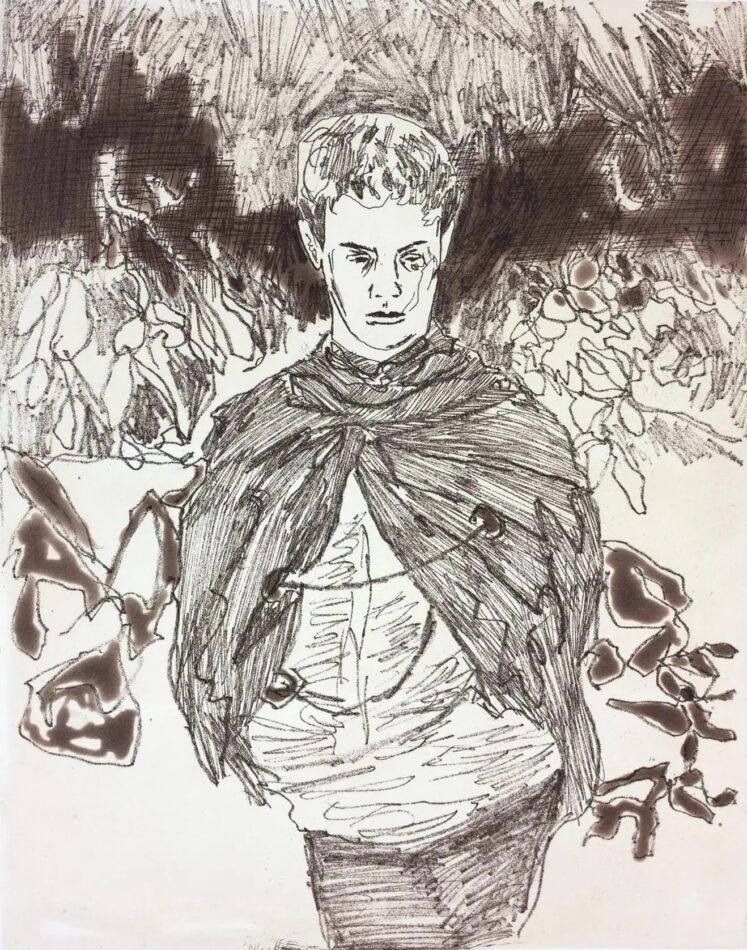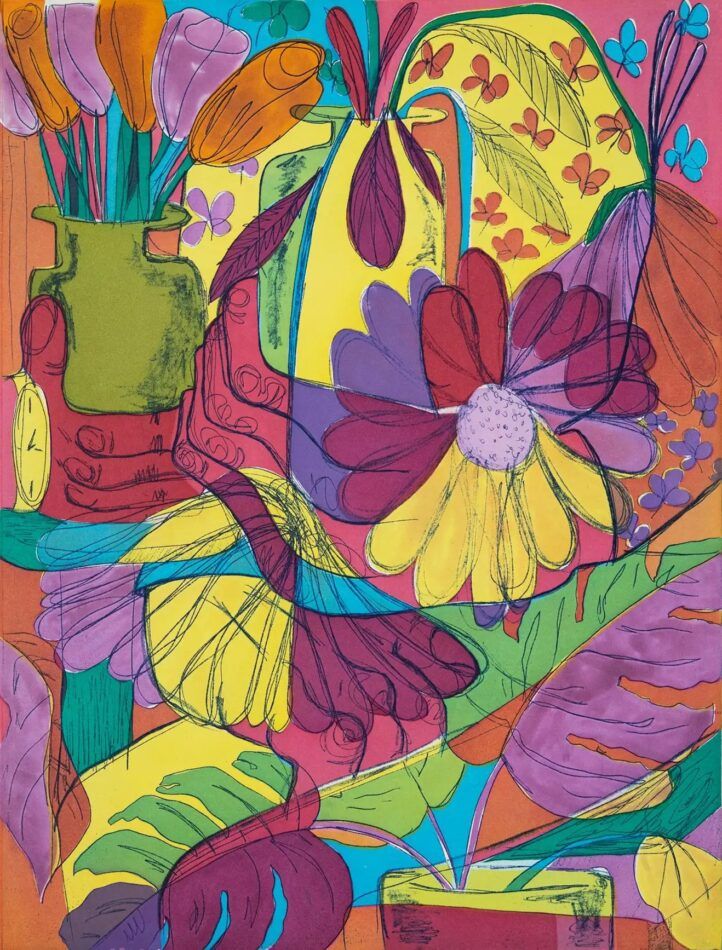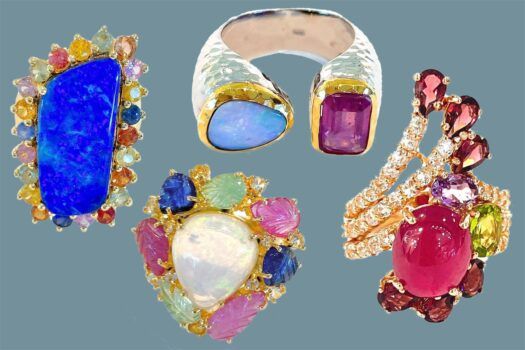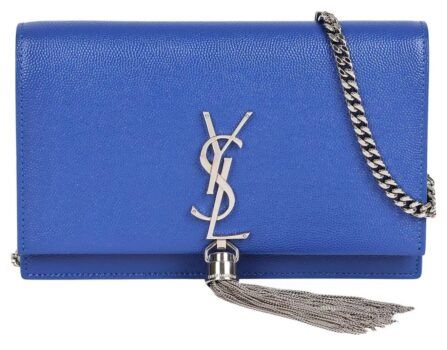Pam Paulson and Rhea Fontaine of Paulson Fontaine Press in Berkeley, California, work with contemporary artists to produce original, limited-edition fine art prints. Far more than publishers, they enable a wide variety of artists to experiment with the medium of intaglio printing, Paulson’s longtime speciality.
Paulson founded the atelier in 1996 as a labor of love after achieving master printer status — an internationally recognized title demonstrating a high level of aptitude in the studio, bestowed on an apprentice by an existing master printer — at San Francisco’s Crown Point Press. “She sold a print by Richard Diebenkorn from her personal collection to help finance the new business,” says Fontaine, Paulson’s business partner and the gallery’s director.
Fontaine joined Paulson in 2002 after graduating from UC Berkeley with an art degree, and she has since initiated and overseen hundreds of print collaborations with artists ranging from Tauba Auerbach and Kota Ezawa to Kerry James Marshall and Ross Bleckner. It is clearly a museum-worthy endeavor: The de Young Museum in San Francisco has a print from every Paulson Fontaine edition in its collection, in perpetuity, having acquired the press’s archive in 2016.
We asked Fontaine to explain the art of intaglio printing, its history and how to keep prints looking their best — as well as what to avoid.
What is an intaglio print exactly, and how does it differ from, say, a woodcut print?
Intaglio is a general term for metal-plate printmaking techniques, including etching, dry point, engraving, aquatint and mezzotint. The word comes from the Italian intagliare, meaning “to incise” or “to carve.” In intaglio printing, the lines or areas that hold the ink are below the surface of the plate, and printing relies on the pressure of a press to force damp paper into these incised lines or etched areas to pick up ink.
It is the opposite of relief printing — woodcut, linoleum cut, letterpress, and rubber or metal stamping, for instance. With relief printing, the raised areas of the printing surface are inked and printed, while the areas that have been cut away do not pick up the ink. Often these prints are made by hand.
Can you tell us a bit about the history of intaglio printing? How old is it, and where did it originate?
Engraving dates to the 1400s in Europe, when paper became more widely popular. Etching by metalsmiths has been known in Europe since the Middle Ages and may go back further. German Renaissance painter, draftsman and printer Albrecht Dürer, who is best known for his virtuoso woodcuts and engravings of religious subjects, popularized engraving in the early 1500s.
What advice can you provide about how to display and store fine art prints?
Works on paper need to be framed by professionals who use reversible hinging techniques — in other words, ways of supporting the paper in the frame that are reversible. If sticky, non-archival tape is used for instance, it could damage the paper when removed. We’ve seen prints damaged that way.
We recommend avoiding direct sunlight when hanging works in the home and protecting them with UV-filtering Plexiglass. Also, if the prints are being stored unframed, collectors should make sure the environment is not too humid.
Are limited-edition prints a good investment?
Art is always a good investment because it’s an investment in culture. It supports the creatives who are contributing to how we perceive the world around us. Fine art prints are a great investment because they allow collectors to obtain pieces by artists whose unique works are often inaccessible because of either demand or price point.
How has fine art print collecting changed over the years?
It’s become more exciting for collectors. The history of American printmaking is relatively new, with a big push in 1935 due to Roosevelt’s Works Progress Administration Federal Art Project [WPA/FAP]. Since then, print ateliers like ULAE, Tamarind and Crown Point Press have nurtured the next generation of printmakers and publishers, and this has culminated in a healthy offering of prints by the world’s best artists.

